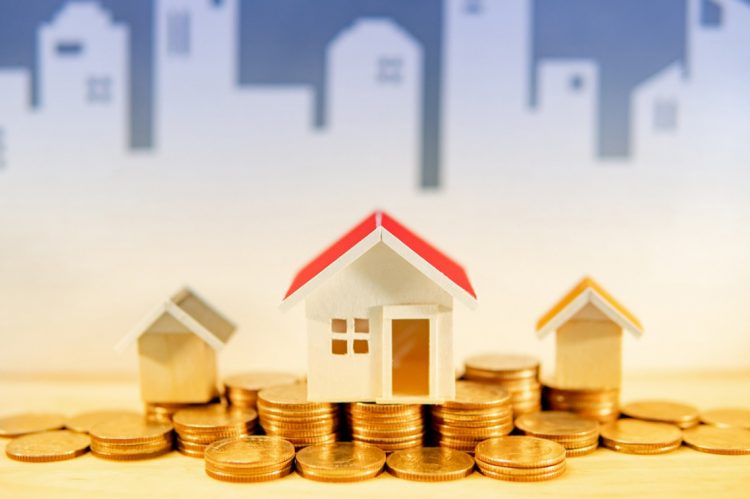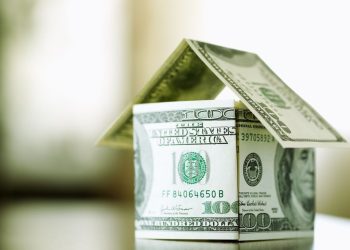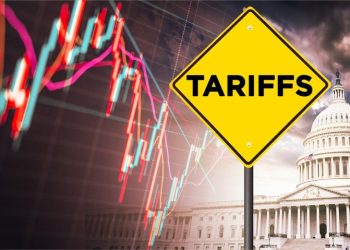Home prices have continued to slow their annual appreciation, however their monthly appreciation appears to have come to a halt, according to the latest data from CoreLogic.
CoreLogic’s latest Home Price Index found that July’s home price data was the 150th consecutive month of annual growth, however the rate continues to cool as it has in recent months. Annual home price growth in July registered at 4.3%, down from June’s reading of 4.7% and remaining below 5% for the third consecutive month.
Not only has growth slowed year-over-year, but July’s home price data also showed no gains in comparison with June. CoreLogic reported that this the first July since 2010 that home prices didn’t increase outside the 2022 declines following a surge in mortgage rates
“Housing demand continued to buckle under the pressure of high mortgage rates and unaffordable home prices, leading to a considerable slowing of home price gains during the summer,” said Dr. Selma Hepp, chief economist for CoreLogic. “July’s prices were essentially flat from the month before, which was notably cooler than the average gain of 0.4% recorded between June and July in years prior to the pandemic and especially during the pandemic.”
Experts expect this slow in growth to continue, predicting that home prices in August will rise only 0.2%, and next year, prices will inch up by 2.2%.
In terms of individual states, CoreLogic found that none posted a decline annually in home prices. The states with the highest increases year over year were Rhode Island (10.6%), New Jersey (9.7%), Connecticut (8.3%), South Dakota (8.1%) and Illinois (7.5%).
Metro-wise, Miami posted the highest gains at 9.1% year-over-year. On the other hand, CoreLogic’s Market Risk Indicator (MRI) predicts that Gainesville, Florida is at a very high risk of a decline in home prices over the next 12 months, with a 70%-plus probability. Palm Bay-Melbourne-Titusville, Florida; Atlanta-Sandy Springs-Roswell, Georgia; Lakeland-Winter Haven, Florida; and Ogden-Clearfield, Utah are also at very high risk for price declines.
Hepp added that the “question for home prices going forward is whether the upcoming rate cut from the Fed and expected continuation of falling mortgage rates will be sufficient to motivate potential homebuyers who may start to fear cooling labor market and continued uncertainty of a soft landing, along with anticipation around the presidential election.
“And while lower mortgage rates are a boost to affordability and are likely to help buyer demand, the usual fall housing market slowdown is upon us and is likely to contain any significant surge in activity,” she concluded.
CoreLogic’s forecast predicts annual U.S. home price gains coming down to 2.2% in July 2025.
For the full report, click here.












